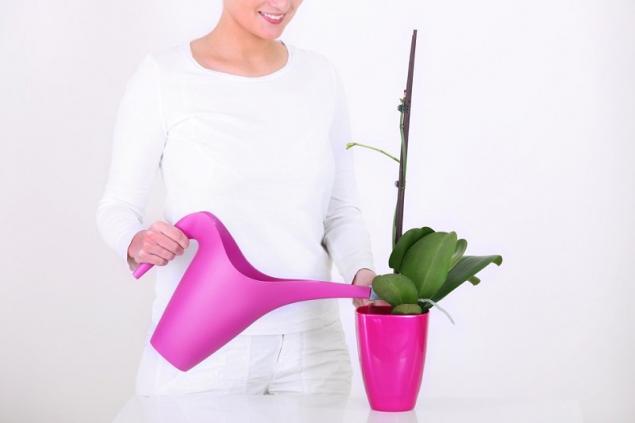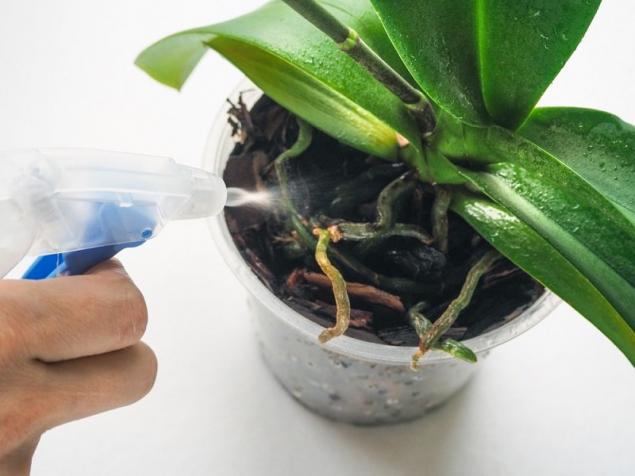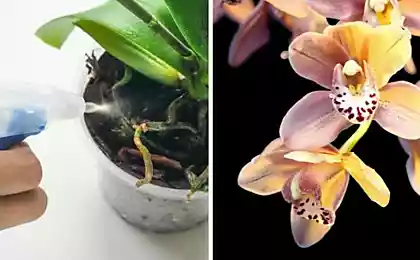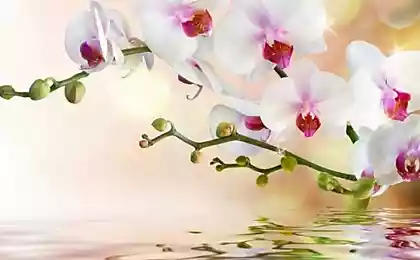183
How to care for an orchid after buying
The better you care for an orchid, the longer it will bloom. This plant is able to please flowering several times a year.
The orchid was brought to us from tropical latitudes. Therefore, it still grows not in the ground, but in a special substrate, which is close in composition to the natural habitat. Loves the sun and humid air, not particularly capricious, but has its own preferences.
Follow these rules for caring for an orchid, and it will bloom almost all year round.

DepositPhotos How to care for an orchid after buying
Read more about how to properly transplant an orchid at home, as well as how to breed orchids, read in our next articles. Follow the links.
The orchid was brought to us from tropical latitudes. Therefore, it still grows not in the ground, but in a special substrate, which is close in composition to the natural habitat. Loves the sun and humid air, not particularly capricious, but has its own preferences.
Follow these rules for caring for an orchid, and it will bloom almost all year round.

DepositPhotos How to care for an orchid after buying
- Determine the age of the plant
Orchids bloom between the ages of one and a half to three years, depending on the species. Plants ready to bloom should have 5-8 leaves. If there are fewer of them, then it is still too small and you do not need to stimulate and expect flowering prematurely.
DepositPhotos - Watch your roots.
The upper green processes of the orchid, which in appearance resemble roots, should not be in the substrate. They take part in photosynthesis and so turn green, that's normal. The roots themselves also need access to light and air, so place them in a substrate with a transparent, not a ceramic pot, with enough drainage holes.
DepositPhotos - Don't change the location of the pot.
For an orchid, the smallest change in lighting is stress. If you still need to rearrange the plant, it is better to do it in the period between flowers.
DepositPhotos - Take care of the lighting
Place orchids on the sunny side of the apartment, but not under direct sunlight. Try not to form a shadow at the location of the plant. In extreme cases, use a phytolum, which will emit light, but will not overdry the air around the flower and will not overheat it.
DepositPhotos - Water it properly
During flowering - once every 10-12 days. After that, once a month. Under natural conditions, orchid seeds ripen in dry weather and fly for a distance of several kilometers. If you create a plant conditions close to natural, and water less often during the interflooring period, it will bloom more often.
DepositPhotos - Watch the temperature.
Orchids are harmed by temperature changes. They bloom well when the night temperature differs from the daytime temperature by no more than 4-6 degrees. In summer you can keep a flower on the balcony, in winter - close to the battery.
DepositPhotos - Don't forget about fertilizer.
For better development and flowering orchids need feeding. It is advisable to use potassium and phosphorus fertilizers. You should not buy fertilizers based on nitrogen: they suspend the development of the flower.
DepositPhotos - Keep the air humid.
The plant does not like dry air, because its home is the tropics. In an unventilated room, it can stop developing and dry. To achieve the desired humidity, place a saucer with water near the flower, and on hot days spray it. When airing, make sure that there is no draft. 550758
DepositPhotos - Transplant the plant.
If the roots have grown into drainage holes or the soil dries very quickly after watering, then it is time for the orchid to be transplanted into a new substrate. It is advisable to do this during rest, not flowering. Rich in nutrients, it will bring the plant back to life.
DepositPhotos
Read more about how to properly transplant an orchid at home, as well as how to breed orchids, read in our next articles. Follow the links.































